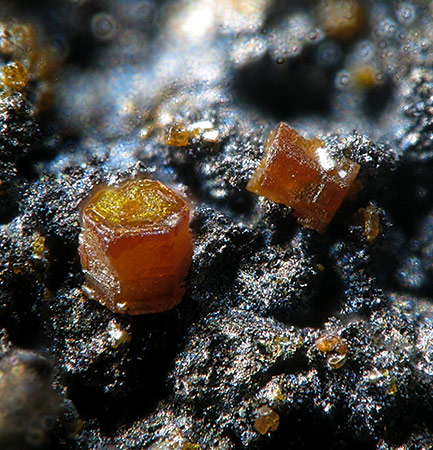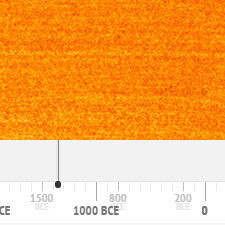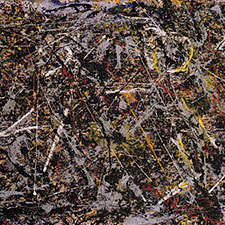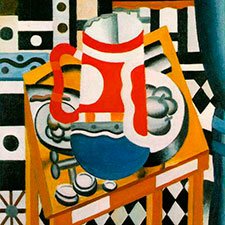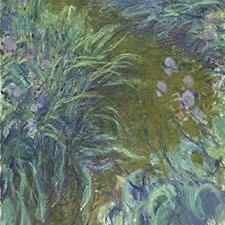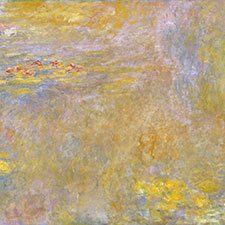Cadmium Orange
Artificial inorganic pigmentComposition and Properties of Cadmium Orange
There are many different colour variations of this pigment achieved by the admixture of selenium sulfide to pure cadmium sulfide (orange to red). The light version of the pigment is pure cadmium sulfide CdS, the deeper orange tones contain up to 12% selenium. The variations are solid solutions of either zinc sulfide or selenium sulfide in cadmium sulfide.
The pigment is stable in the pure state. The occurrences of bleaching or darkening in the beginnings of its use were due to impurities (1). It is lightfast but it is not compatible with lead and copper-containing pigments as they form dark sulfides of lead or copper.
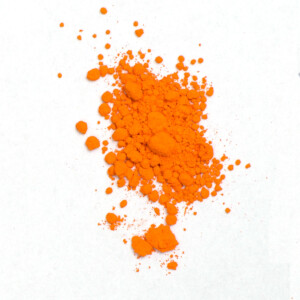
Pigment
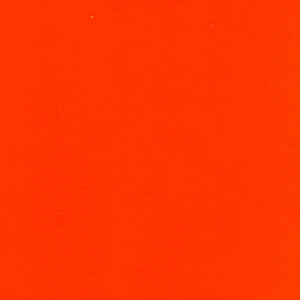
Painted swatch
Video: Experimenting with the Pigment' by Vicky Norman
Names
Color Index
PO 20, CI 77196
Word origin
Word coined in Modern Latin from cadmia, a word used by ancient naturalists for various earths and oxides (especially zinc carbonate), from Greek kadmeia “Cadmean (earth),” from Kadmos “Cadmus,” legendary founder of Boeotian Thebes. So called because the earth was first found in the vicinity of Thebes (Kadmeioi was an alternative name for “Thebans” since the time of Homer).
From WordFinder
Cadmiumorange
German
Orange de cadmium
French
Arancio di cadmio
Italian
Naranja de cadmio
Spanish
Preparation
Cadmium yellow and orange occur naturally as the mineral greenockite but both pigments are produced industrially.
The pigment can be prepared by a reaction of a solution of a cadmium salt, such as cadmium chloride, with a solution of sodium sulfide and sodium selenide in the desired proportion.
History of Use
Cadmium pigments have been in use since about 1840 until today. They might get banned in the European Union in the next future because of their toxicity.
Examples of use
Charles Demuth, Gladioli: Flower Study No 4, 1925
Art Institute of Chicago
Fernand Léger, Still Life with a Beer Mug, 1921–2
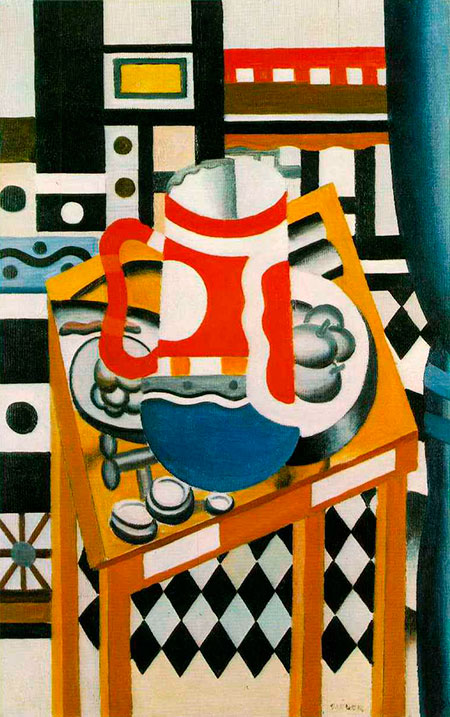
2 Orange table: cadmium orange
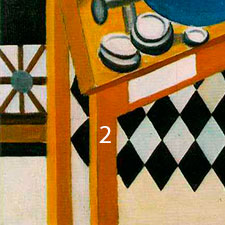
Identification
References
(1) Thoury M, Delaney JK, Rie ER, Palmer M, Morales K, Krueger J., Near-infrared luminescence of cadmium pigments: in situ identification and mapping in paintings, Appl Spectrosc. 2011 Aug;65(8):939-51. doi: 10.1366/11-06230.
Further Reading
References
(1) Fiedler, I., Bayard, M.A., Cadmium Yellows, Oranges, and Reds, in Artists’ Pigments. A Handbook of Their History and Characteristics, Vol. 1: Feller, R.L. (Ed.) Oxford University Press 1986, p. 65 – 108. Available as pdf from the National Gallery of Art.
(2) S. Muntwyler, J. Lipscher, HP. Schneider, Das Farbenbuch, 2nd. Ed., 2023, alataverlag Elsau, pp. 108-109.

